Q&A: It’s Always Sunny in South Florida’s Office Market
Matt Brown of NAI Merin Hunter Codman on where opportunities lie in one of the nation’s most sought-after areas for investment.

South Florida’s office market has emerged as a study in contrasts—defined by headline-grabbing trophy sales in downtown cores and a quieter but increasingly significant shift toward suburban assets and smaller-scale spaces.
As of mid-2025, commercial real estate sales across the tri-county region surged past $5.6 billion, with office transactions alone accounting for a record $1.4 billion, more than doubling year-over-year, according to Miami Realtors.
Broward County, led by major Fort Lauderdale office deals, posted particularly strong growth, outpacing neighboring counties in both volume and transaction velocity. Amid this rapidly evolving landscape, operational discipline, tenant engagement and strategic repositioning are proving to be critical differentiators for office investors.
NAI Merin Hunter Codman Inc., a local commercial real estate brokerage, investment and property management firm, has been active in the South Florida market for more than three decades. So we asked COO Matt Brown to share his views on where opportunities lie.
READ ALSO: Yardi Matrix Office Report—Vacancies Drive Conversion Boom
What trends are being underestimated in South Florida’s office investment market right now?
Brown: A notable yet often overlooked trend within the office sector is the sustained demand for smaller, amenitized office spaces and the increasing migration toward lower-cost suburban markets. Although much attention remains on premium, trophy office buildings, a robust and expanding segment consisting of midsize and boutique professional firms are seeking modern, flexible and appropriately scaled environments.
Investors may not fully appreciate the long-term potential of well-situated suburban office properties that cater to tenants prioritizing convenience of commute and proximity to lifestyle amenities. Furthermore, rental rate escalation in central business districts, driven by recent developments in areas such as West Palm Beach or recent sales of Class A office assets and substantial renovation capital plans in other CBDs, is pricing out a number of companies, prompting their relocation to suburban settings or away from prime corridors.
Why has South Florida—especially Palm Beach and Broward counties—remained a cornerstone of office investment?
Brown: South Florida offers an ideal combination of population and job growth, tax advantages and a quality-of-life factor that’s hard to replicate. Investors are drawn to the region’s strong rent growth, low vacancy rates in Class A assets and the opportunity to capitalize on the ongoing migration of businesses and capital from higher-tax, higher-cost states.
During the 2020-2021 lockdowns, many CEOs and decision makers relocated their companies from cities like New York and Chicago to South Florida, boosting the local business ecosystem and talent pool. Although the pace of migration has slowed, South Florida is not nearly as seasonal as it once was. Palm Beach and Broward counties are also benefiting from a robust pipeline of new mixed-use projects, expanded health-care and educational options.
Many of your past successes came from repositioning underperforming assets. What are the first 90 days of ownership like at NAI/MHC?
Brown: Our in-house acquisition, finance, leasing, construction and property management teams coordinate closely to develop strategic plans prior to closing. The initial 90 days focus on effective implementation, including a thorough review of each lease, analysis of tenant rollover risks and opportunities, assessment of deferred maintenance and proactive engagement with the existing tenant base.
Tenant engagement is essential. Beginning with the due diligence process, we conduct interviews with tenants to establish clear communication, gather valuable feedback for improvement, assess space utilization and business health, and identify potential renewal or expansion opportunities.
Additionally, we work alongside our brokerage and marketing teams to create a targeted strategy that reintroduces the property, communicates new ownership and management, and highlights upcoming property enhancements.
Tell us more about the metrics that define a value-add opportunity in today’s office market.
Brown: We target light value-add, financeable office assets across the Southeast U.S., with a strong focus on Florida. For us, value-add means acquiring below replacement cost, with in-place cash flow and clear upside through leasing, rent growth or repositioning.
Outside of a grocery-anchored retail center we are closing on this month on the Space Coast, our last three office asset acquisitions totaled $120 million, including Bridgeport Center in Tampa, EcoPlex in West Palm Beach and Yamato Office Center in Boca Raton. These were all well-located buildings with untapped potential.
Across the portfolio, we’ve upgraded lobbies, restrooms, select common areas and outdoor lounge areas. At Bridgeport, we added Café Luna, a high-end café/bistro, to activate the ground floor and meet tenant demand for better amenities, helping boost occupancy from 82 percent in May 2023 to 95 percent today.
In what ways did your leasing strategy make a difference in these turnaround office investments?
Brown: At several recent acquisitions, we’ve used proactive leasing to accelerate lease-up and drive value. For larger spaces—bigger than 10,000 square feet—we’ve structured phase-in deals for growing tenants, helping them scale into space over time while solving immediate vacancy.
While we use digital marketing tools like virtual tours and social media, we’ve also had success with targeted direct mail campaigns, especially for larger users. On the smaller end, we’ve delivered spec suites across 10,000 to 15,000 square feet, broken into 2,000- to 3,000-square-foot turnkey units. By pre-marketing during construction, we’ve consistently secured leases within 60 days of delivery, creating strong leasing momentum and faster stabilization.
You have more than 4 million square feet under management. How does your in-house property management arm enhance your investment performance?
Brown: Our in-house property management, construction management and accounting teams are a key advantage. They allow us to stay closely connected to tenants, address issues quickly and deliver a full-service experience to owners. From an investment perspective, this translates to tighter cost control, stronger vendor leverage and proactive maintenance that protect asset value. These efficiencies directly support higher tenant retention, smoother operations and stronger investment performance for our clients.
In your view, what type of office assets will continue to be in high demand across South Florida?
Brown: Trophy and Class A buildings featuring prime locations, contemporary amenities and hospitality-inspired features are expected to maintain strong performance among large corporations able to support higher costs. Nonetheless, many Class B+ properties remain appealing to value-oriented organizations, particularly those situated in suburban centers with convenient access to residential and retail offerings.
Properties that provide flexible layouts and smaller move-in-ready spaces—1,500 to 3,500 square feet— are well positioned to meet current market demands. We sometimes forget, but small businesses constitute the largest segment of private-sector employers in the U.S.
Additionally, attributes such as energy efficiency, hurricane resilience and backup power solutions are increasingly prioritized by tenants. Our EcoPlex facility in West Palm Beach has demonstrated robust leasing activity. Developed in 2008, the building is LEED Gold certified and engineered to withstand Category 4 hurricanes, featuring high-impact glass and three backup generators to ensure uninterrupted operations during power outages.
Are you exploring investment opportunities in other U.S. markets through your funds and partnerships? Which regions show the strongest parallels to South Florida?
Brown: Through our investment management platform, MHCommercial Real Estate Funds, we target light value-add and core-plus opportunities in office, retail and flex-industrial assets across the Southeast U.S. Outside Florida, we see strong parallels in markets like Charlotte and Raleigh-Durham, N.C.; Charleston, S.C.; and Nashville, Tenn.—each benefiting from population growth, pro-business policies and diverse economic drivers. These fundamentals support long-term tenant demand and steady cash flow, aligning well with our investment strategy.

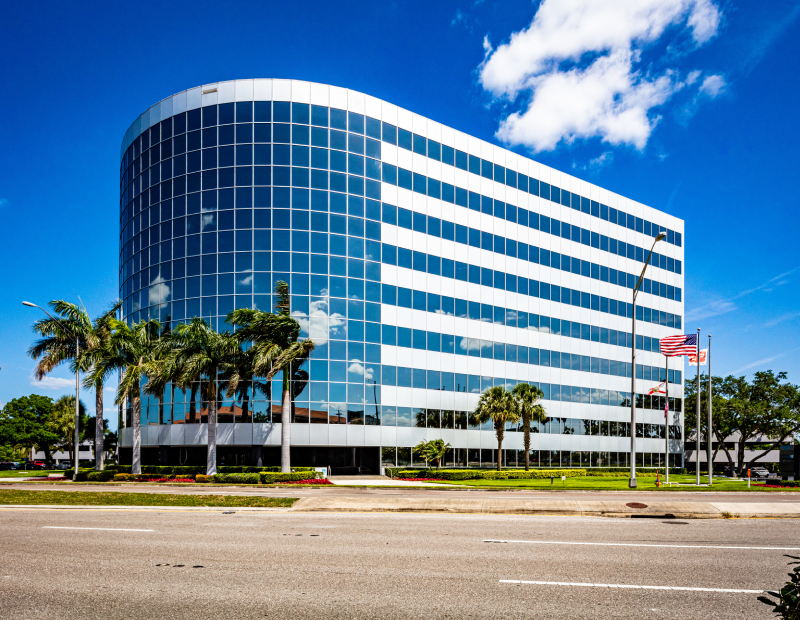
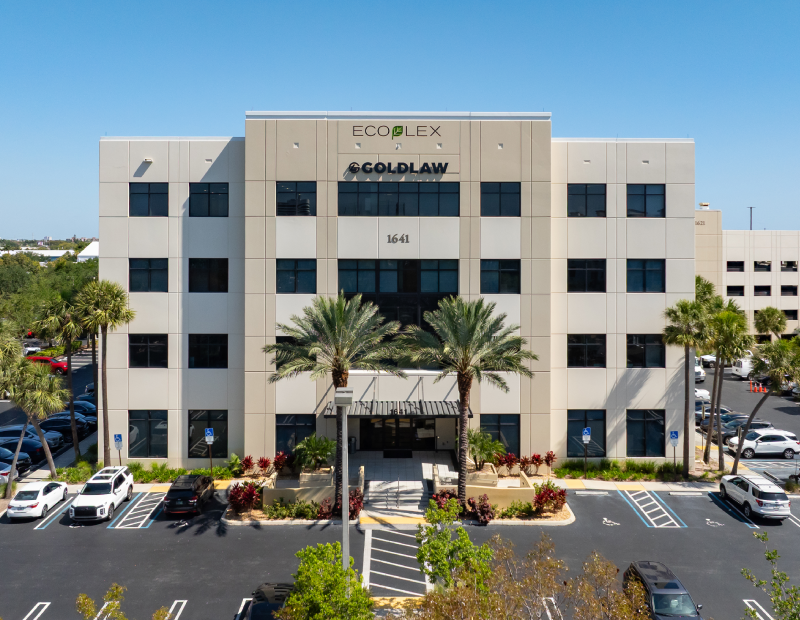
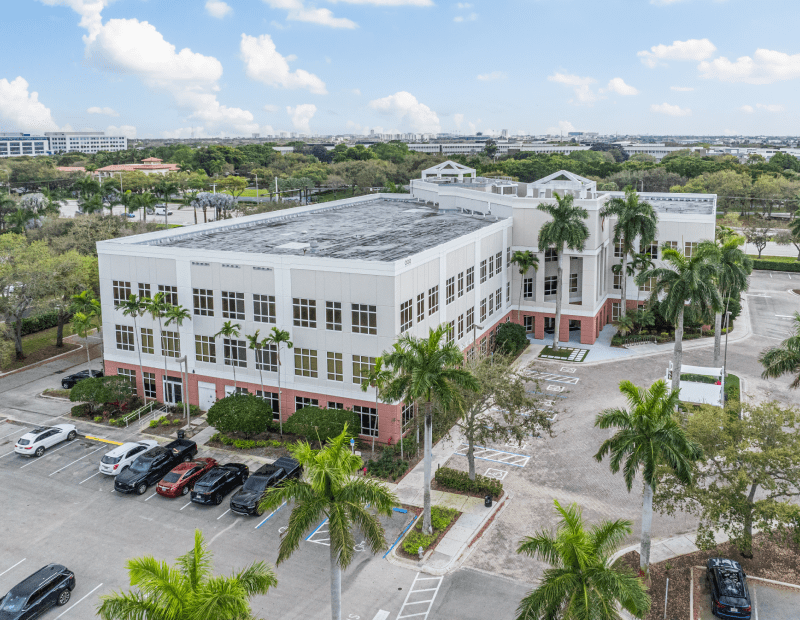
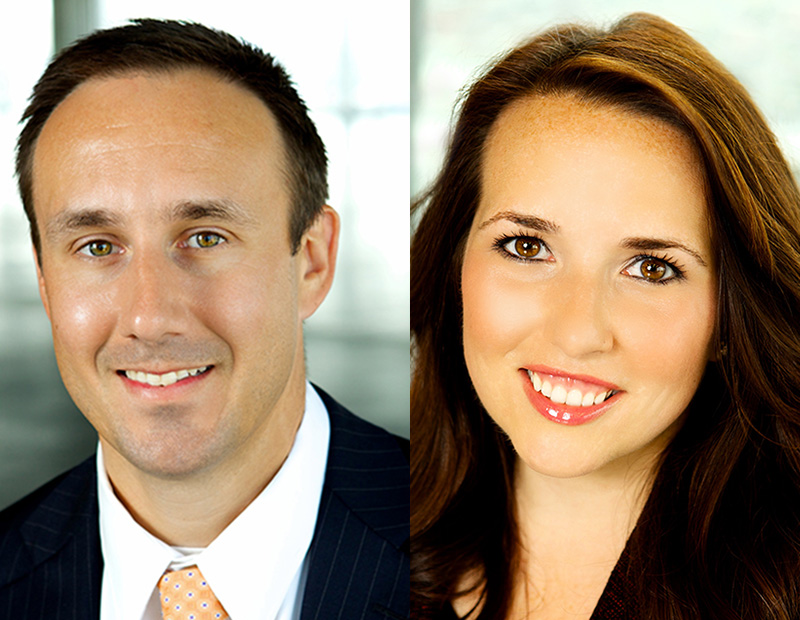
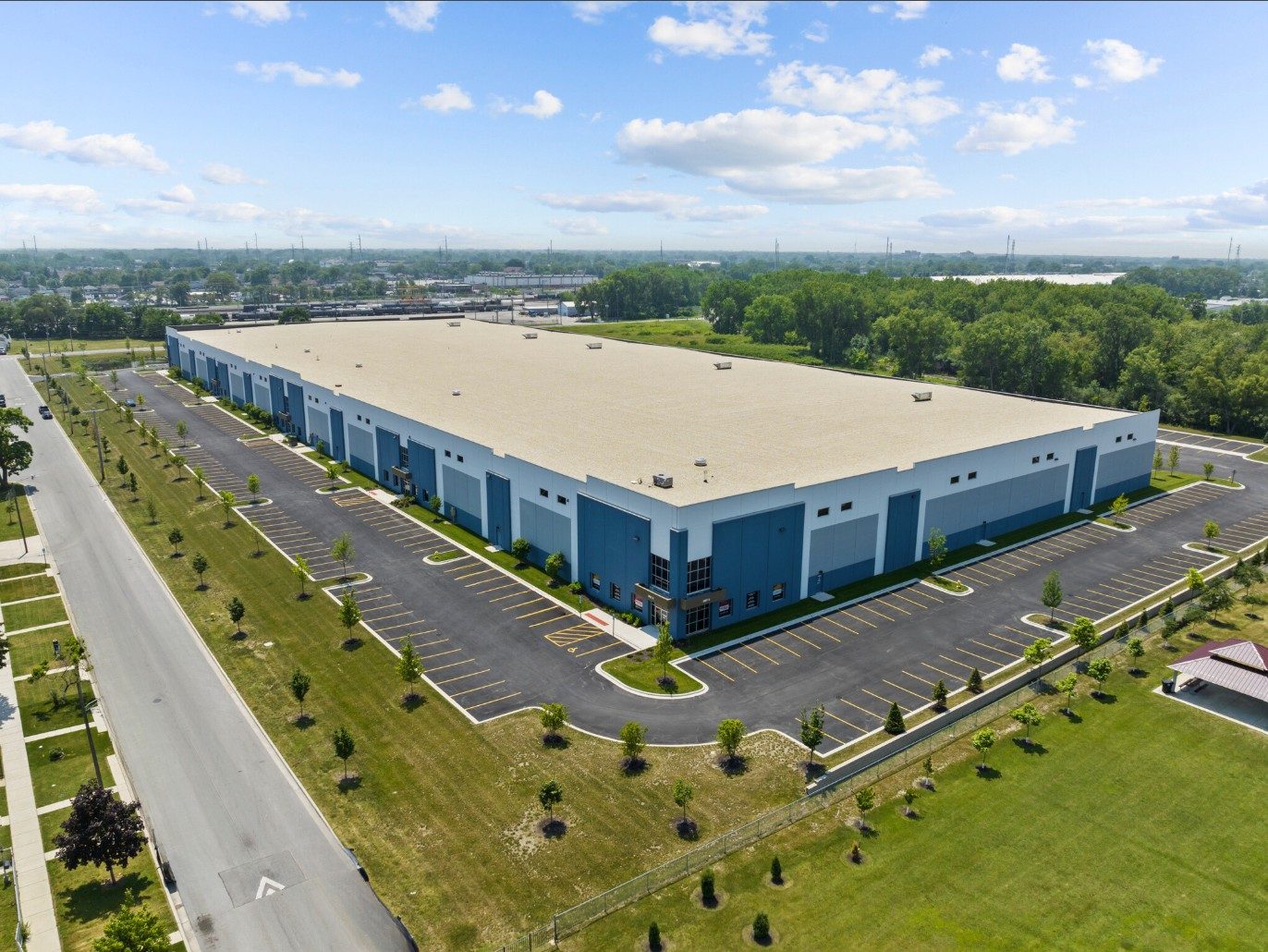
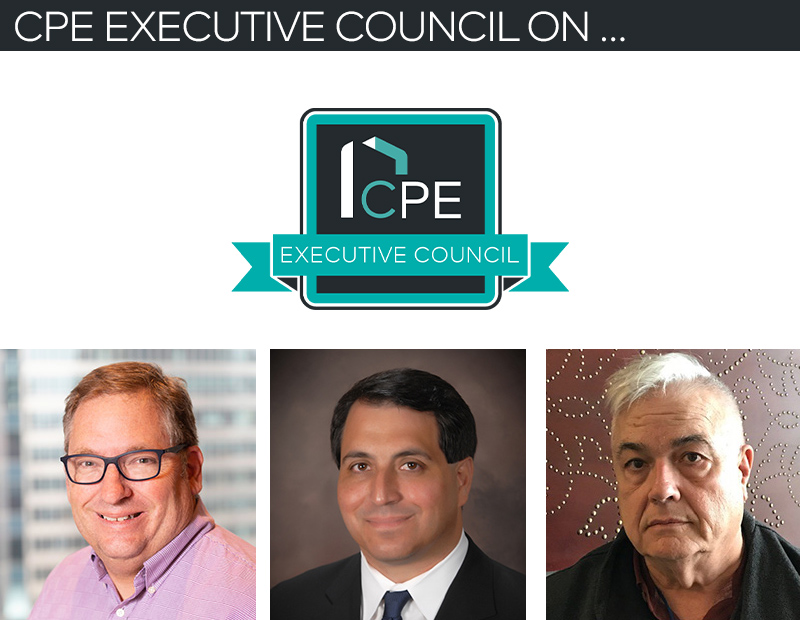
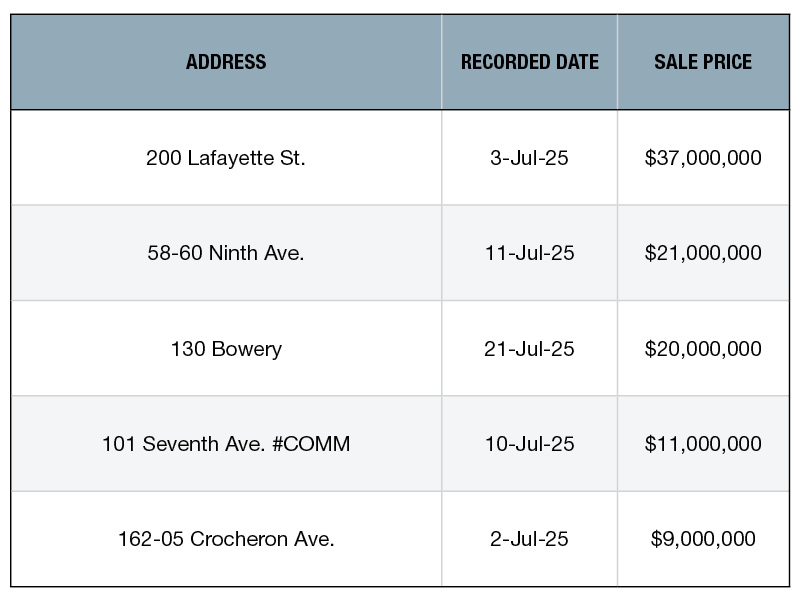
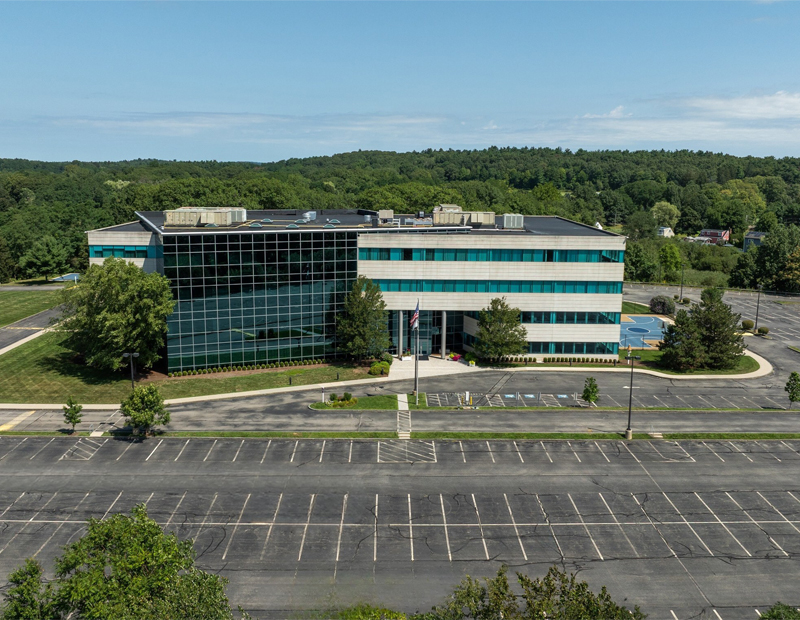

You must be logged in to post a comment.